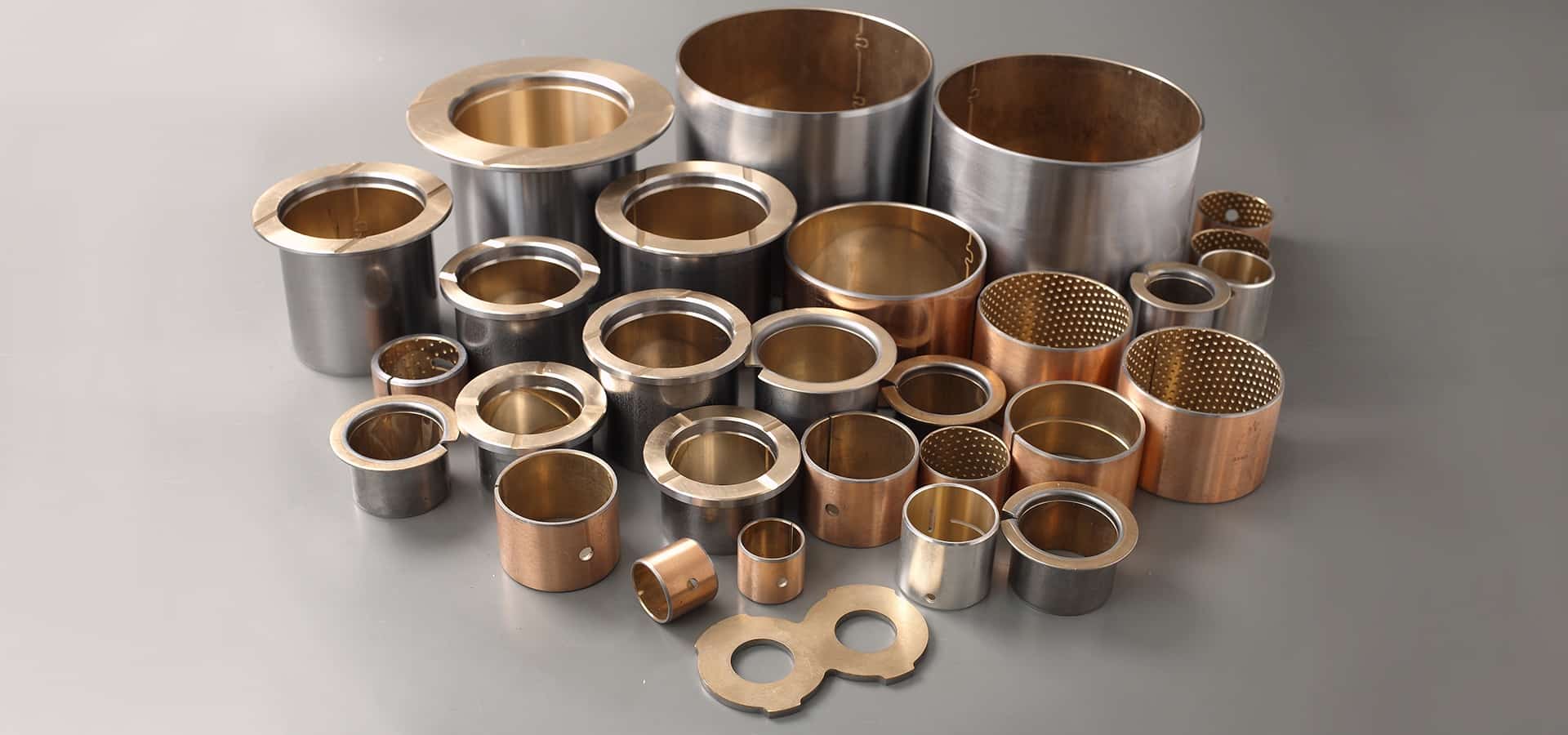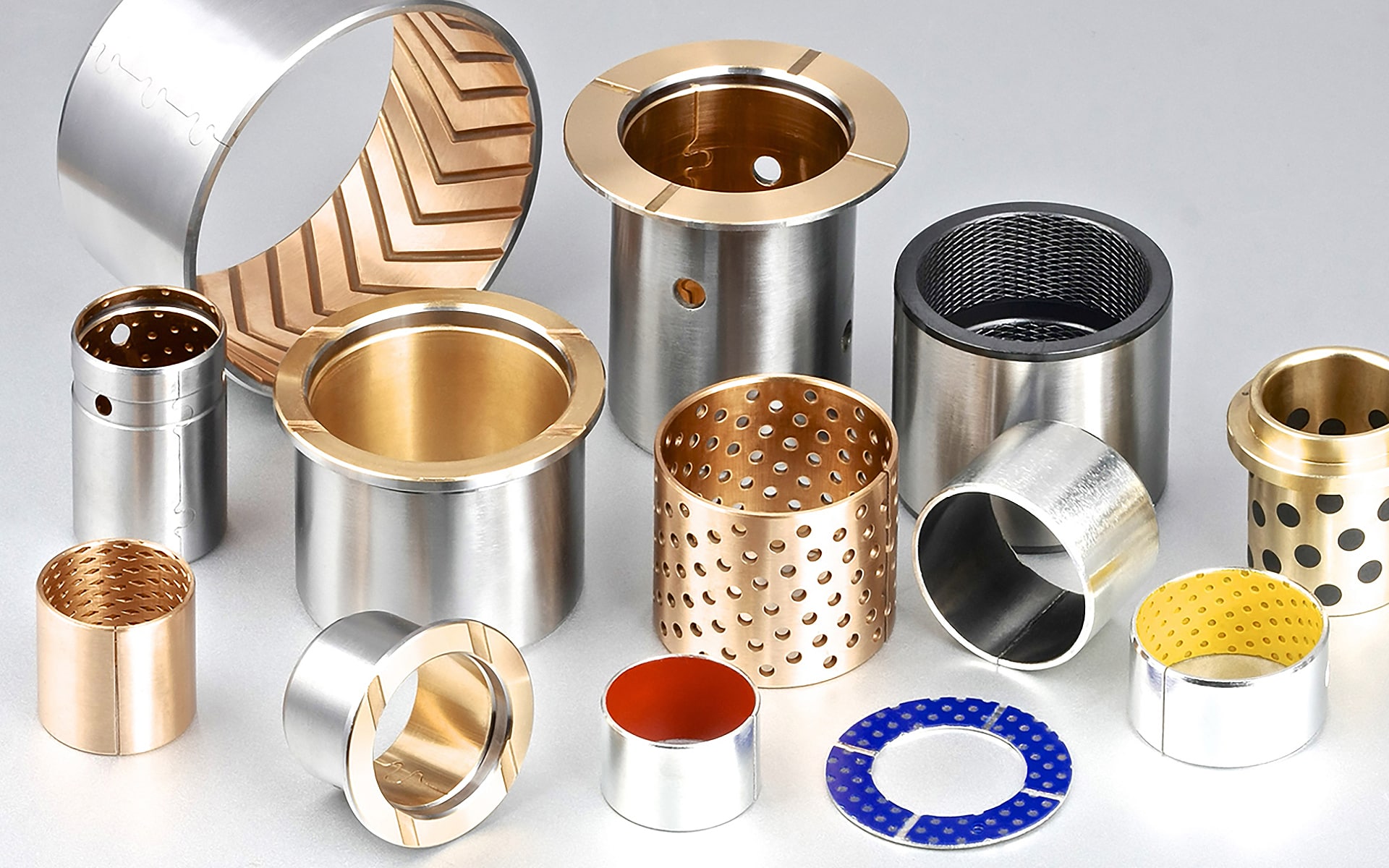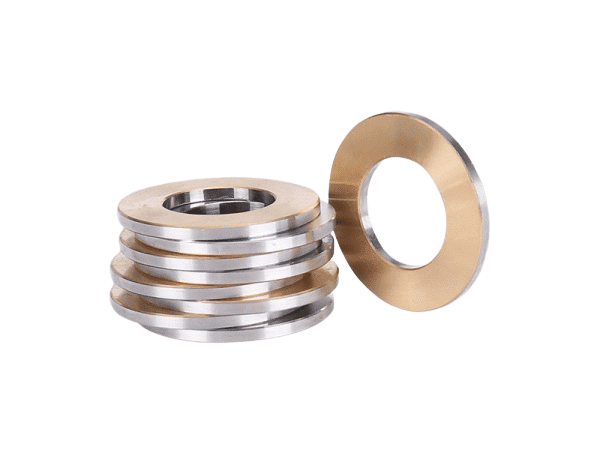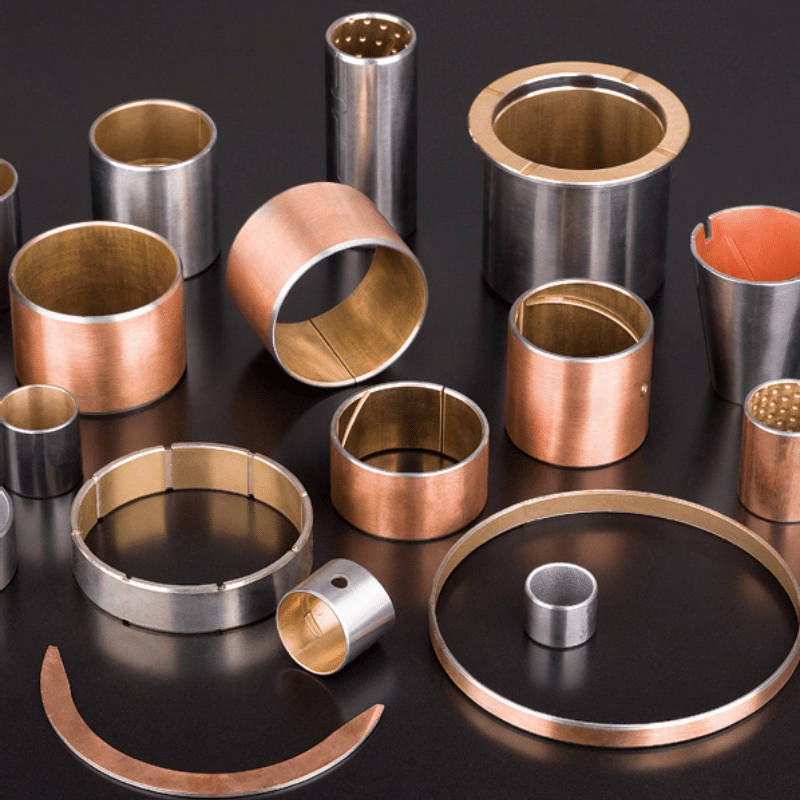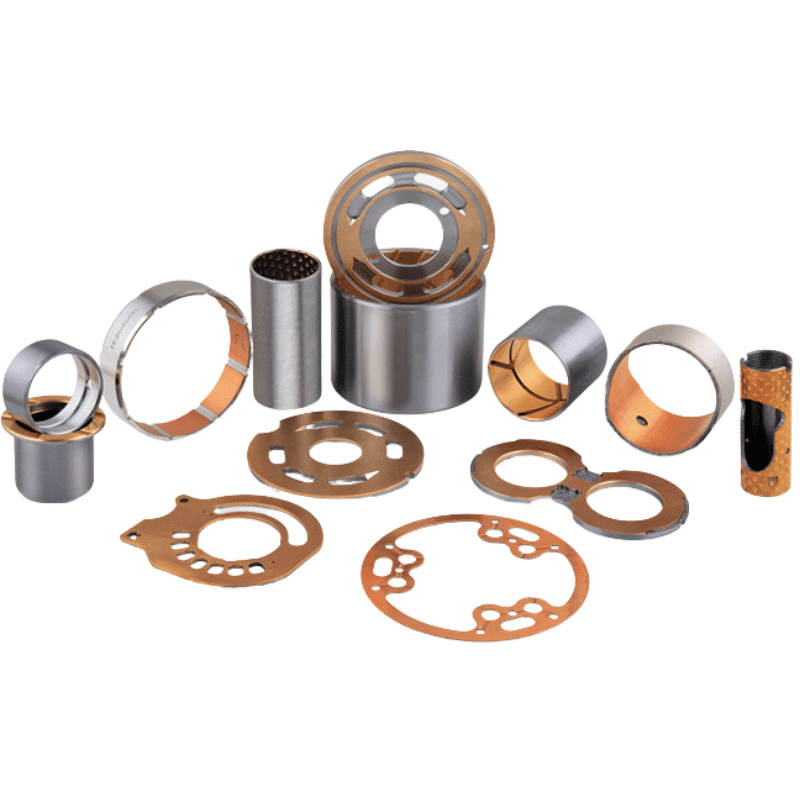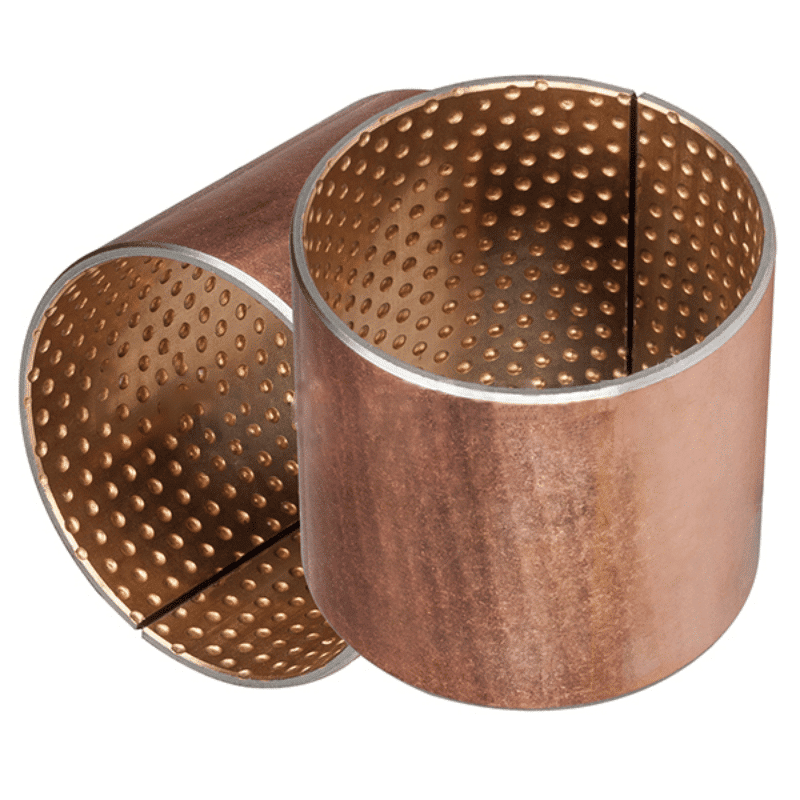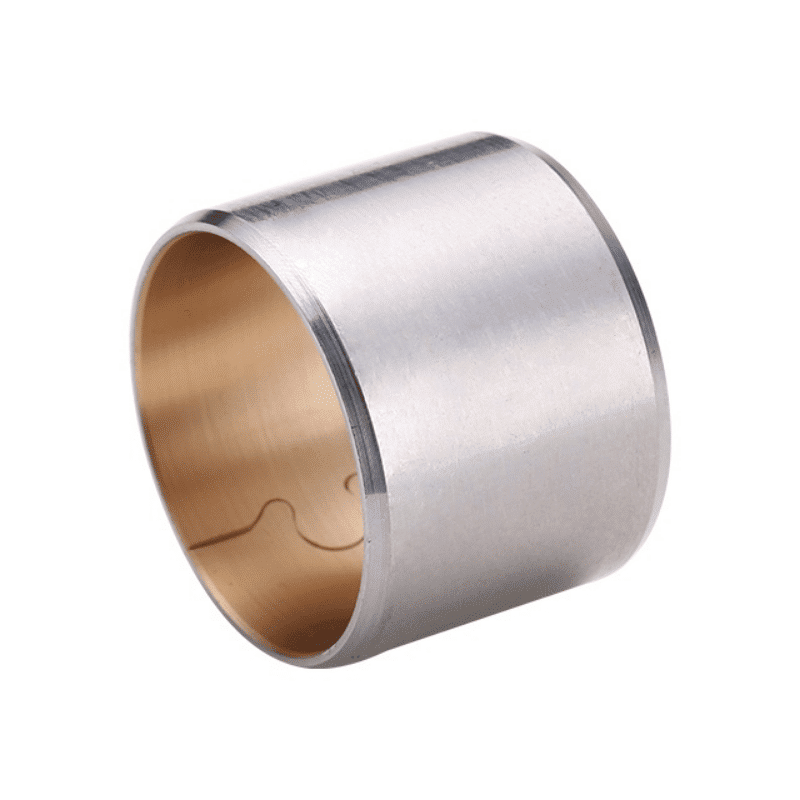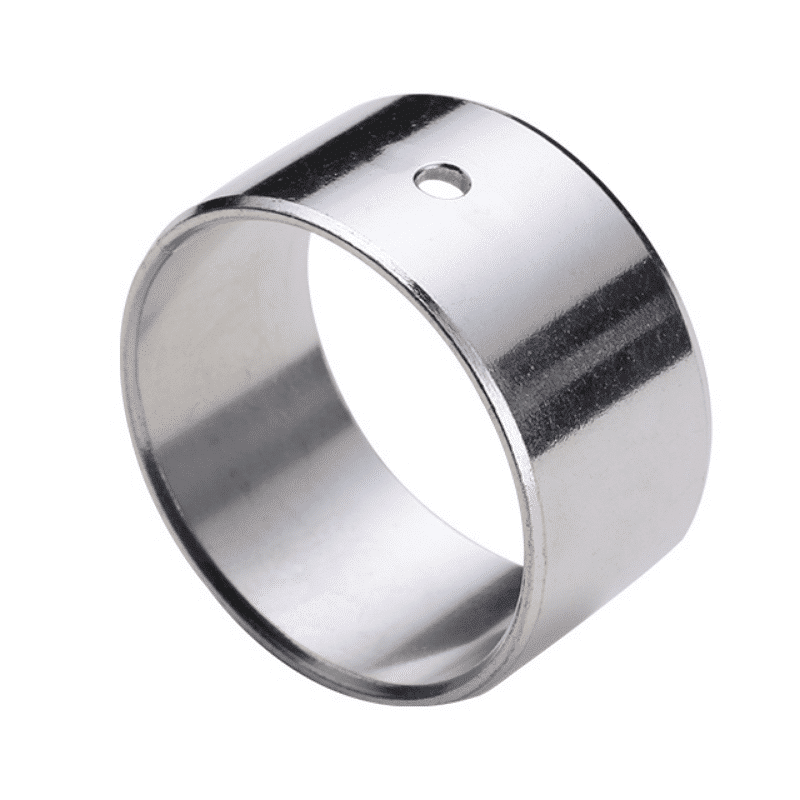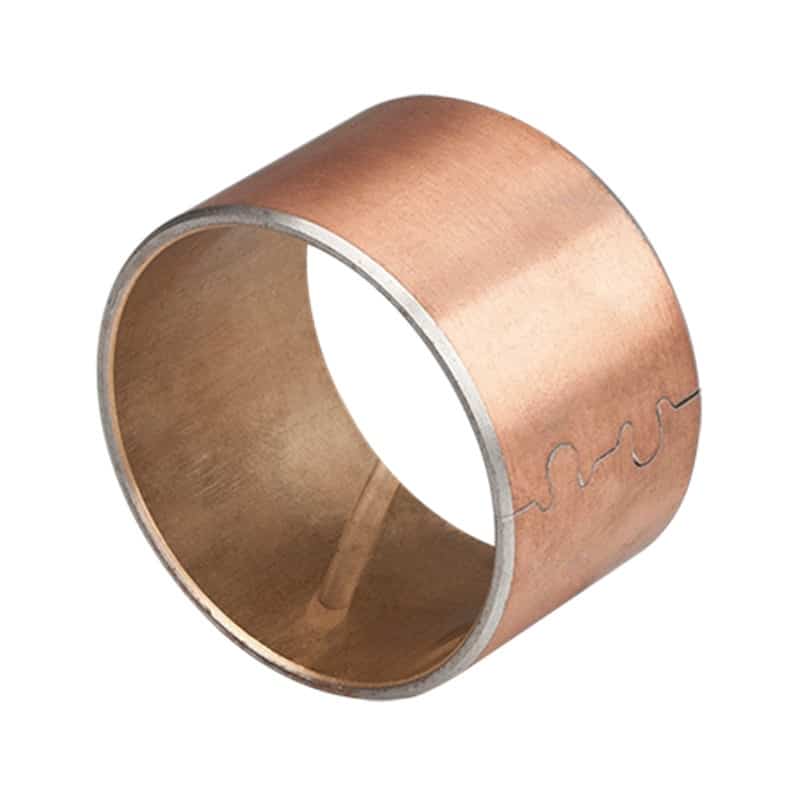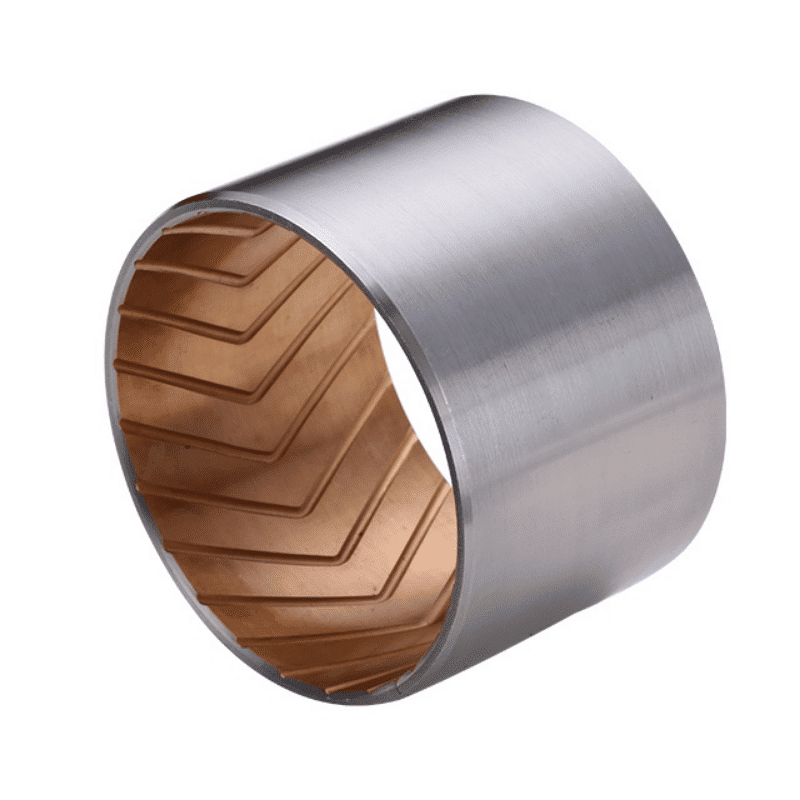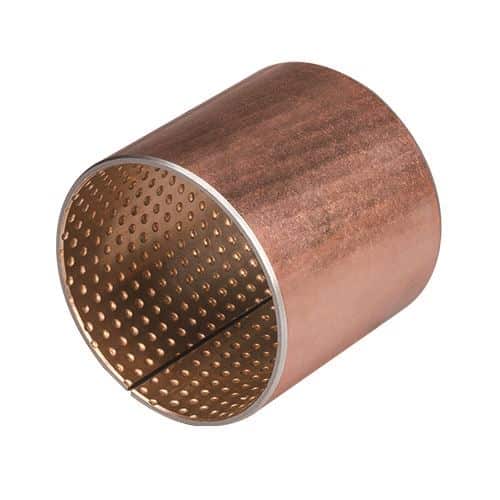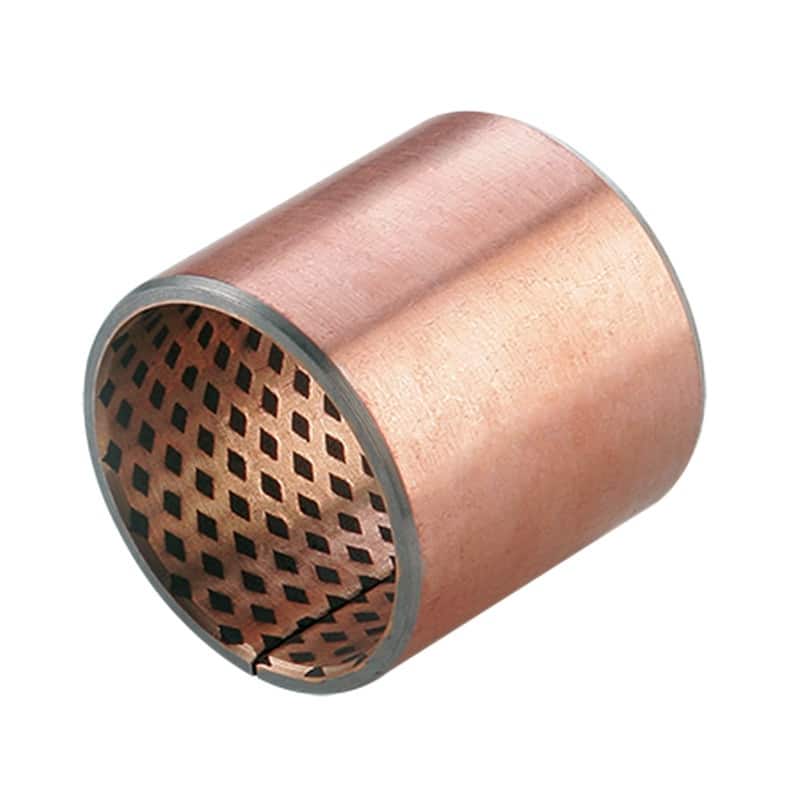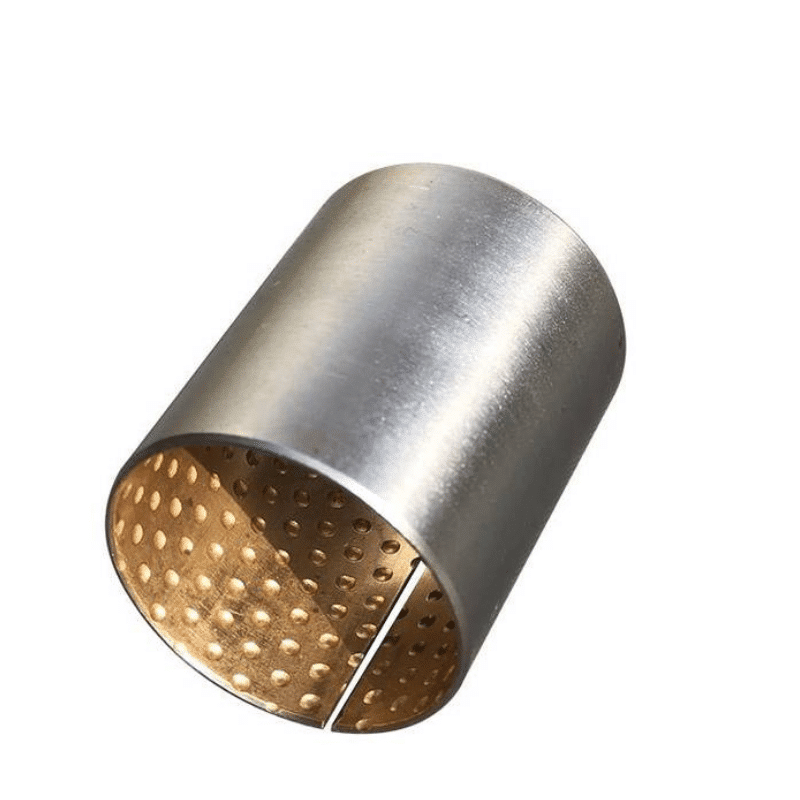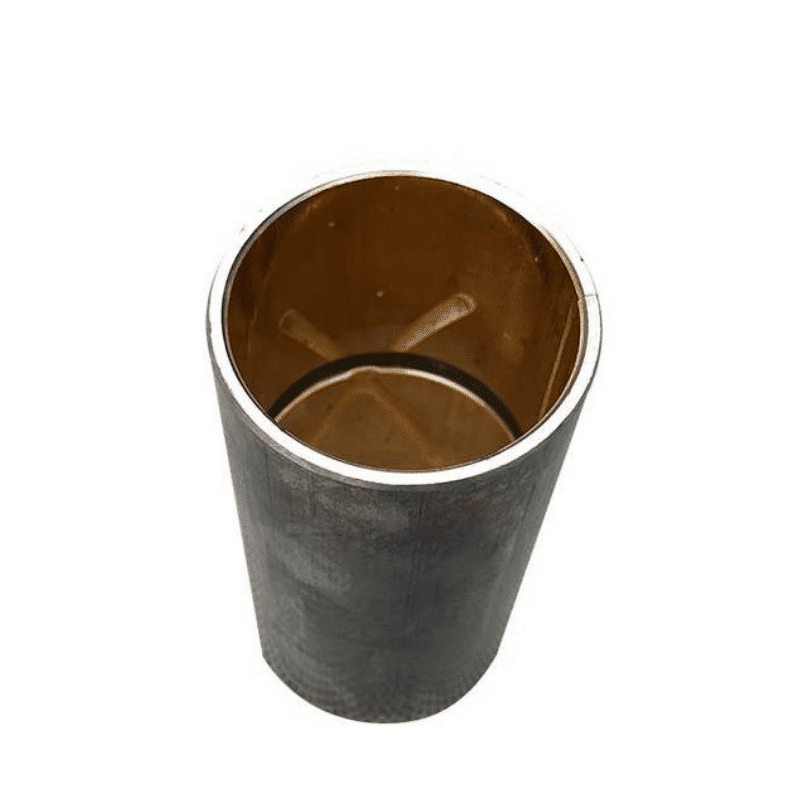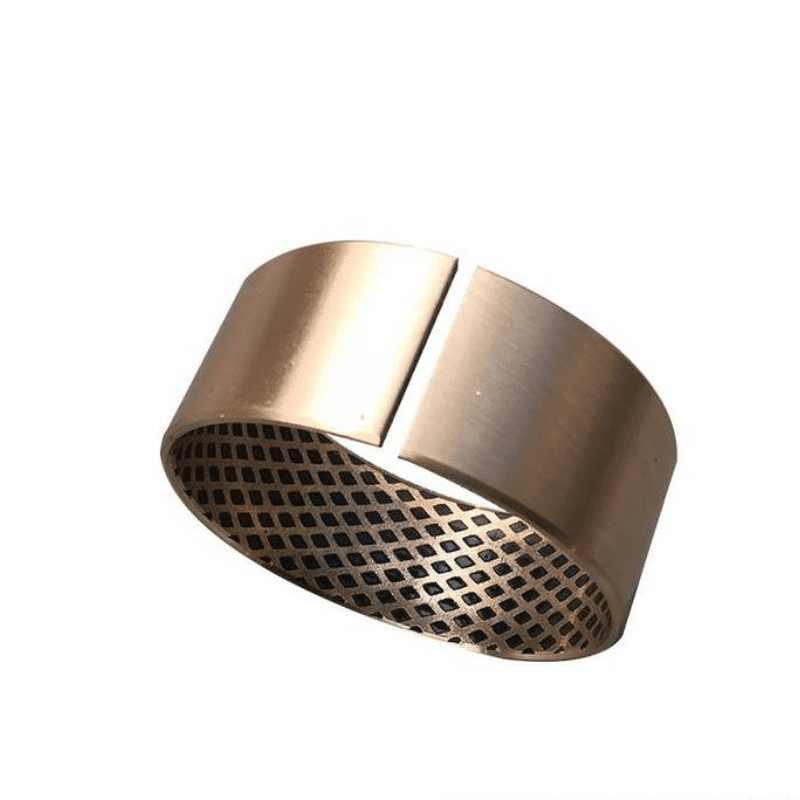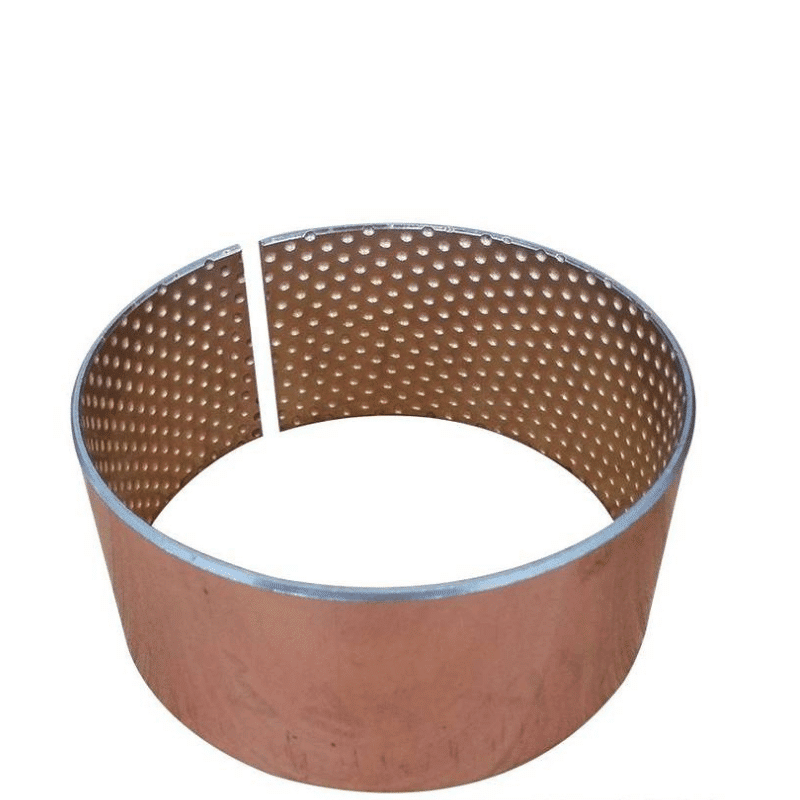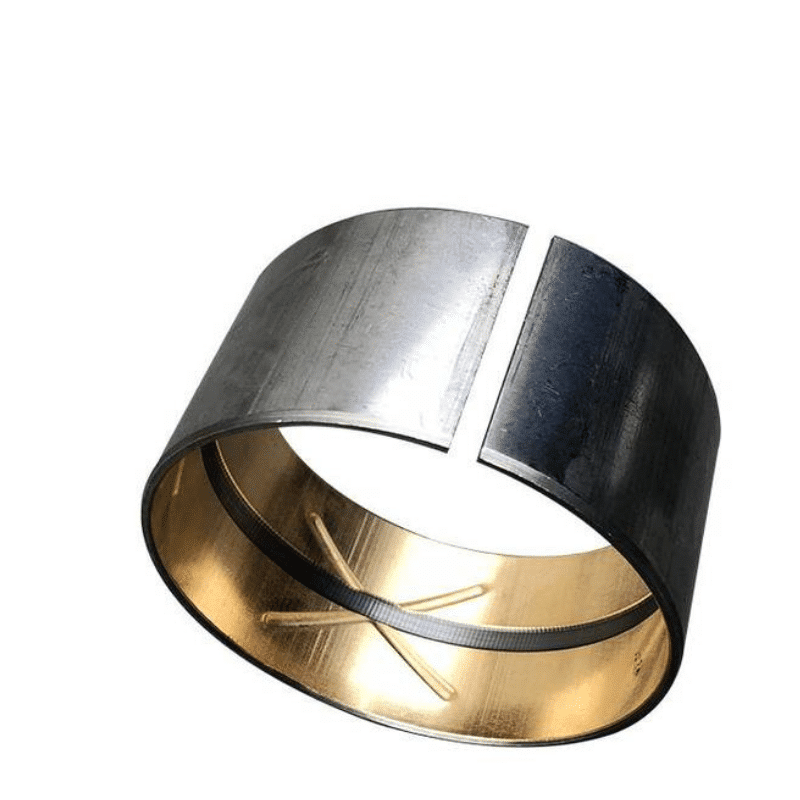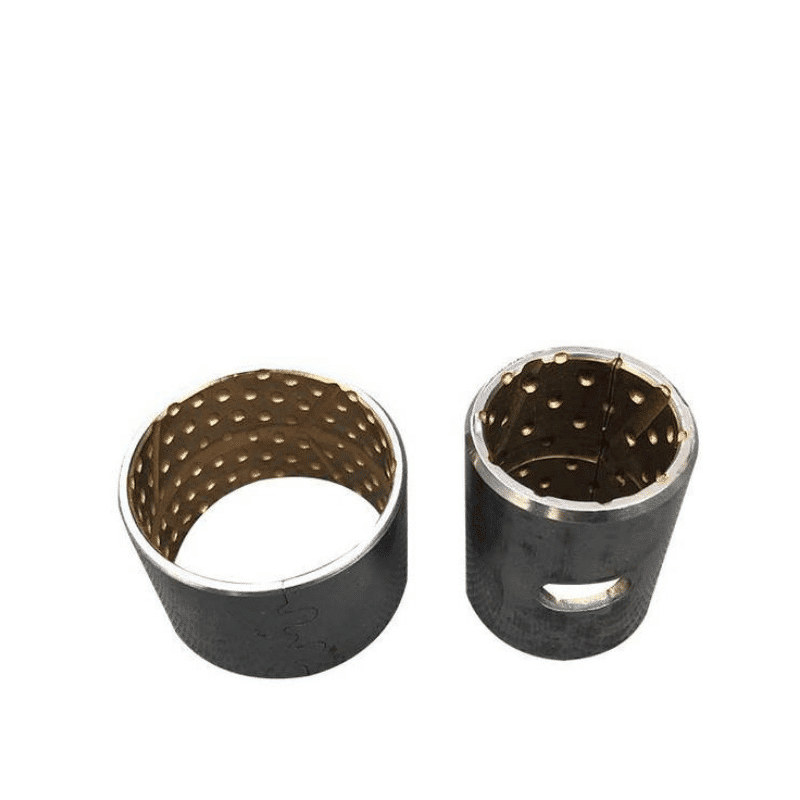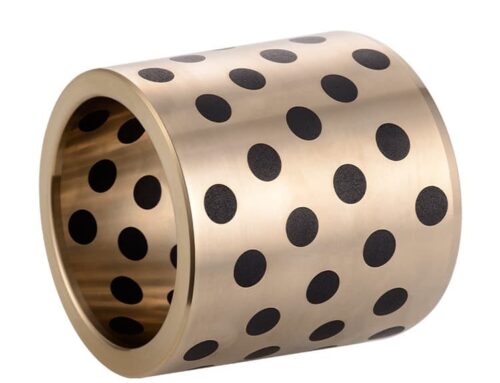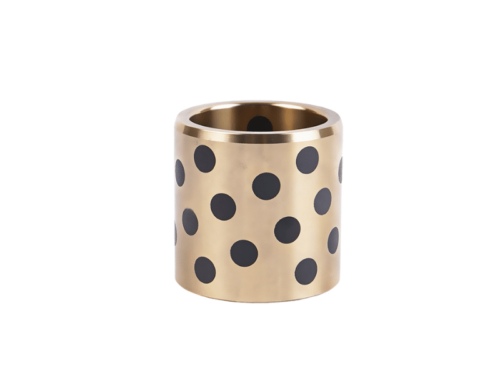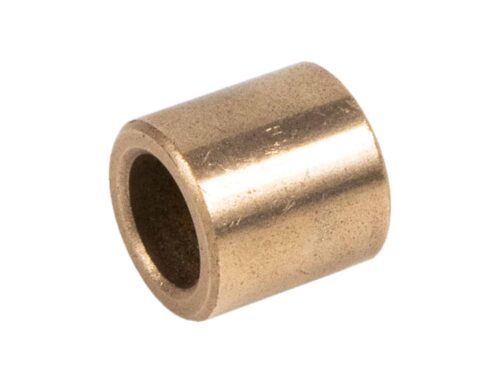Bimetallic bearing, Bimetallic self-lubricating bearing
Connecting Rod Bushing Manufacturer
As a supplier and exporter specializing in bimetal bearings, we offer replacement connecting rod bushings and crankshaft bushings, catering to various industrial needs. Our competitive advantage lies in our production facility, which guarantees export-quality products at factory-direct prices. Our range includes Bimetal Bearings, Welded Sleeves, and bearings for Bulldozers, Excavators, and Conveyors.
connecting rod bushings
Bimetal Bearing Bushing
We offer connecting rod bushings and bimetal bearings at factory direct prices. Our products include bimetal bearings, welded sleeves, bulldozers, excavators, and conveyor bearings. The connecting rod bushing, an essential engine component, serves as the linkage between the piston and crankshaft. Typically constructed from bimetal material, it features a steel backing coated with a sintered bronze alloy. This composition offers a high load-bearing capacity and resistance to wear, making it well-suited for heavy-load applications and challenging operational conditions. Recognized as a type of bimetal bearing, the bimetal connecting rod bushing is valued for its self-lubricating feature, low maintenance requirements, and long-lasting durability. These bushings find use in various connecting rod scenarios and are available from numerous suppliers at competitive market rates.
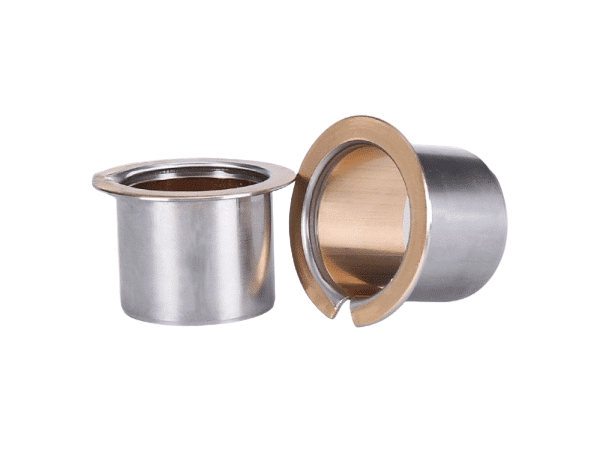
Product Quality Index
Energy Generation
connecting rod bushings
Bimetal Bearing Bushing
We offer connecting rod bushings and bimetal bearings at factory direct prices. Our products include bimetal bearings, welded sleeves, bulldozers, excavators, and conveyor bearings. The connecting rod bushing, an essential engine component, serves as the linkage between the piston and crankshaft. Typically constructed from bimetal material, it features a steel backing coated with a sintered bronze alloy. This composition offers a high load-bearing capacity and resistance to wear, making it well-suited for heavy-load applications and challenging operational conditions. Recognized as a type of bimetal bearing, the bimetal connecting rod bushing is valued for its self-lubricating feature, low maintenance requirements, and long-lasting durability. These bushings find use in various connecting rod scenarios and are available from numerous suppliers at competitive market rates.

Product Quality Index
Energy Generation
A connecting rod bushing is an essential component in internal combustion engines, particularly in the reciprocating engine’s connecting rod assembly.
Bimetal Bearing Bushing
At Bronzelube.com, we offer a diverse range of car and truck parts and accessories, focusing on engines and engine parts with volume discount pricing. Our collection includes Connecting Rods & Parts, featuring various types of connecting rod bushing materials. Our bimetal bushings are designed to enhance wear resistance in full-floating connecting rods, effectively reducing engine friction and ensuring smooth operation. We provide an extensive selection of Car Engine Connecting Rods & Parts for sale, along with Spherical Plain Bearings & Rod Ends. Our products come in various finishes, including Brushed, Matte, Painted, Polished, Polished Chrome, Unfinished, and Zinc Plated, catering to a wide range of preferences and requirements.
Solutions for Connecting Rods Bearings and Steering Column Bush Specification
Connecting rods in engines endure both compressive and tensile stresses during their operation. To meet these challenges, connecting rod bushings are crafted from bimetal materials, offering a broad range of bimetal bushings suitable for various connecting rod applications. A connecting rod plays a crucial role in a piston engine, linking the piston to the crankshaft. We are thrilled to announce the launch of our new replacement connecting rod bearings parts, specifically designed for heavy equipment. made in china, these bimetal bearing bushings are engineered to deliver peak performance and enduring durability for heavy-duty machinery.
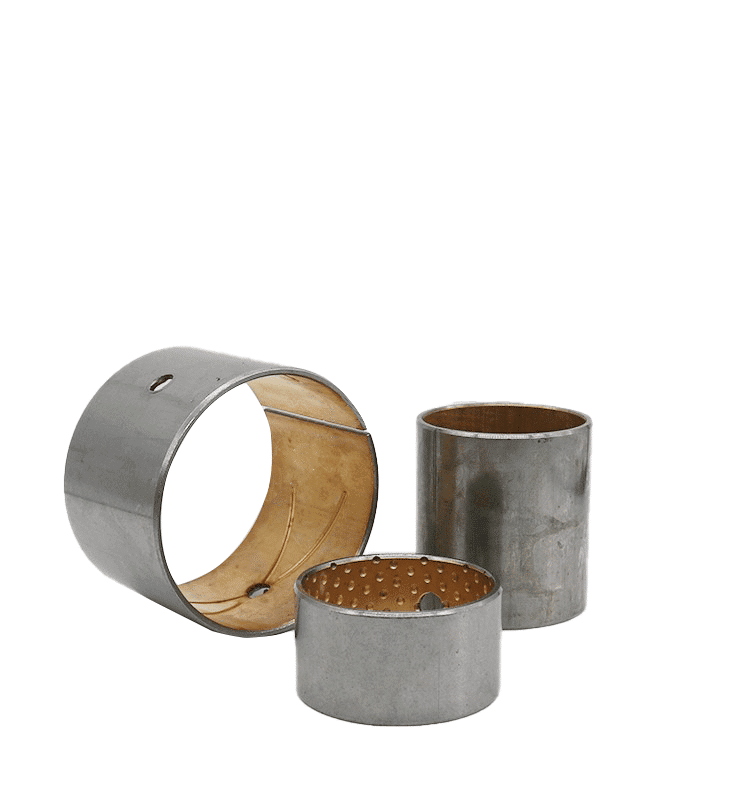
Connecting rods and crankshafts, as critical engine parts, often come at a high price. Our Connecting Rod Bushing and Bimetal Bearings, sourced from China, are reliably manufactured from start to finish, ensuring quality and efficiency.
Utilization of Bimetallic Connecting Rod Bushing These bimetallic connecting rod bushings are crafted using a combination of a copper-lead alloy and a steel back bi-metal strap, specifically designed for heavy-duty truck engines. Practical experiments have demonstrated that this material composition possesses excellent properties suitable for demanding applications.
Summary This paper presents the manufacturing process of connecting rod bushings for heavy truck engines, utilizing a steel-backed copper-lead alloy. Usage tests have confirmed the superior performance of this material in demanding conditions.
Connecting Rod Bushings the small end bushings of connecting rods are predominantly made as integral copper bushings. These are still viable for general small and medium power engines. However, with the continuous enhancement of engine power, the integral copper bushing is increasingly unable to meet the evolving demands. In practice, there have been instances where the connecting rod fails due to the slipping, chipping, or detachment of these integral copper bushings.
Bimetal bearings are made of low carbon steel with a sintered bronze alloy layer on the inner surface and rolled hemispherical oil holes to facilitate oil storage and reduce wear. The outer surface of the product can choose natural color, copper or tin plating according to the demand. The product is a kind of bearing capacity of double alloy bearings, used in many occasions is the balance bridge bushing of heavy vehicles, it is a kind of high load and low speed motion bearings with a wide range of uses.
Bi-metal Bushing Material Technical Data
Alloy layer material CuPb10Sn10 or CuSn6Zn6Pb3
Maximum bearing pressure 65N/mm2
Maximum operating temperature 260 degrees Celsius
The hardness of alloy layer is (70~100)HB
Application features:
Jf-800 bimetal bearing is a steel-copper alloy product made of CuPb10Sn10 or CuSn6Zn6Pb3 sintered on the surface of low carbon steel plate as matrix material. This product is one of the strongest bearing capacity of double alloy bearings. It is used in the balance bridge bushing of heavy duty vehicles. It is a kind of widely used high load and low speed motion bearing.
Steel – copper composite bearing, bimetal bearing bushing casting non-standard custom,
Bimetal bearing. Bimetal bearing is a kind of oil-free lubricating bearing. It is based on high-quality low-carbon steel backing, and the surface is sintered with lead-tin-bronze alloy.
After several high-temperature sintering and dense rolling, it becomes a copper-steel bimetallic strip. Rolled.
Bimetal bearing is a kind of oil-free lubricating bearing. It is based on high-quality low-carbon steel backing, and the surface is sintered with lead-tin-bronze alloy.
After several high-temperature sintering and dense rolling, it becomes a copper-steel bimetallic strip. Rolled, suitable for bushings, thrust washers, etc. bearing medium speed and high impact load.
The balance axle bushings of heavy-duty vehicles all use bimetal bearings, which are a wide range of high-load low-speed motion bearings.
In high sliding performance, it has particularly good self-lubricating performance in the absence of lubricating medium and water as the medium.
It is suitable for bimetal casting materials, corrosion-resistant bearings with high sliding speed, and bearings for crushers, water pumps, and cold rolling mills. Piston pin sleeves with loads up to 70MPa.
|
|||||||||||||||||||||||||||||||||||||||||||||||||||||||||||||||||||||||||||||||||||||||||||||||||||||||||||||||||||||||||||||||||||||||||||||||||||||||||||||||||||||||||||||||||||||||||||||||||||||||||||||||||||||||||||||||||||||||||||||||||||||||||||||||||||||||||||||||||||||||||||||||||
|
|||||||||||||||||||||||||||||||||||||||||||||||||||||||||||||||||||||||||||||||||||||||||||||||||||||||||||||||||||||||||||||||||||||||||||||||||||||||||||||||||||||||||||||||||||||||||||||||||||||||||||||||||||||||||||||||||||||||||||||||||||||||||||||||||||||||||||||||||||||||||||||||||
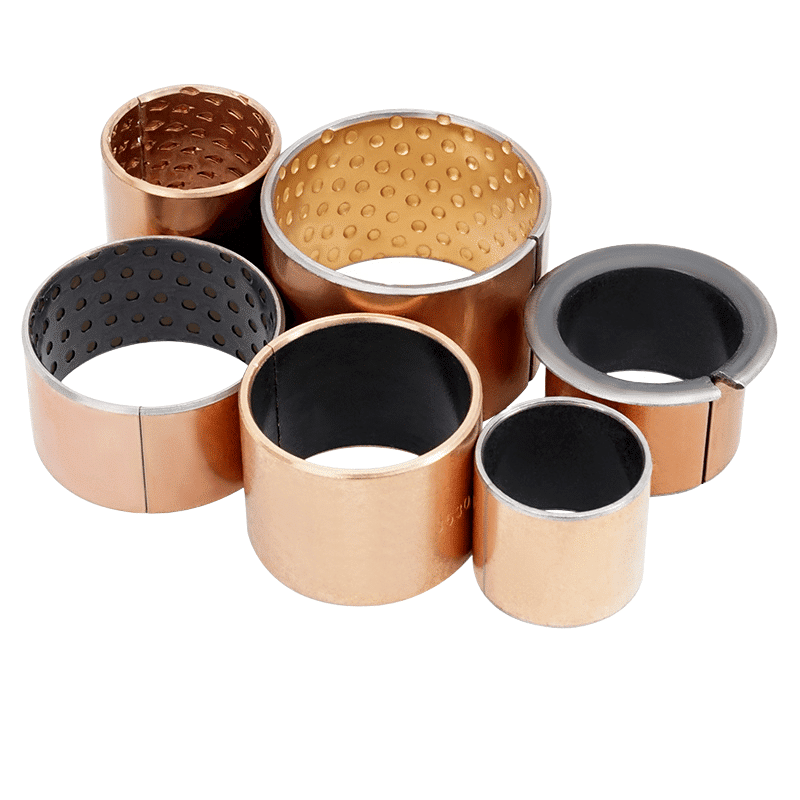
Connecting Rod Bushings and Related Bimetal Bearings Parts
Connecting Rod Bushings – An Essential Component in Engines
The connecting rod (con-rod) plays a pivotal role in an engine, linking the piston to the crankshaft to transmit combustion pressure to the crankpin. This rod features bushings at both ends: the smaller end connects to the piston, while the larger end attaches to the crankshaft.
Bimetallic Bearings: Customized Solutions for Automotive Engine Parts
Our bimetallic bearings, including automotive replacement engine connecting rods and parts, are customizable and manufactured to order in China, ensuring precision and compatibility with specific automotive requirements.
Specialty Bearing – Custom Bimetallic bearing
Special Bushing & Plain Bearings, Save Up To 10% When You Buy More
Bimetallic self-lubricating bearing, Engines & Engine Parts
Bimetal bearings are made of low carbon steel with a sintered bronze alloy layer on the inner surface and rolled hemispherical oil holes to facilitate oil storage and reduce wear. The outer surface of the product can choose natural color, copper or tin plating according to the demand. The product is a kind of bearing capacity of double alloy bearings, used in many occasions is the balance bridge bushing of heavy vehicles, it is a kind of high load and low speed motion bearings with a wide range of uses.
Connecting Rod Bearing Manufacturers and Suppliers
Connecting Rod Bearing at Good Price in China!
We have a wide range of other connecting rod bushings parts available. For any inquiries or questions, please feel free to reach out to our sales team.
Discover our Bimetal Bushing Design tailored for Engines & Engine Parts, including expert solutions for Connecting Rod Bearing Replacement. We pride ourselves on delivering high-quality Bimetal Bearings and professional services for replacing connecting rod bearings globally.
For Engine Parts, we provide connecting rods that meet specific strength and machinability requirements, leveraging our advanced forging technology and material selection expertise.
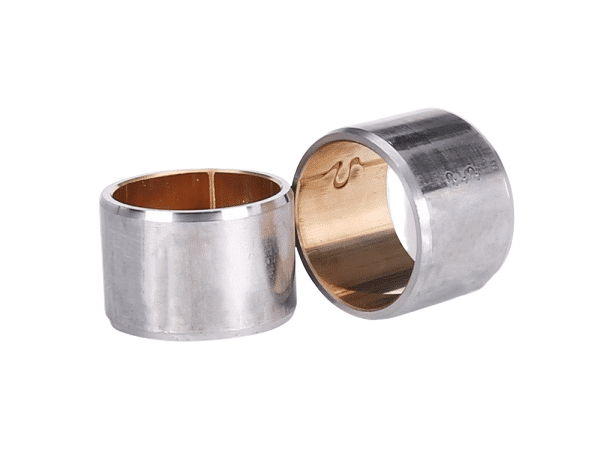
Call us
24/7 emergency callout

